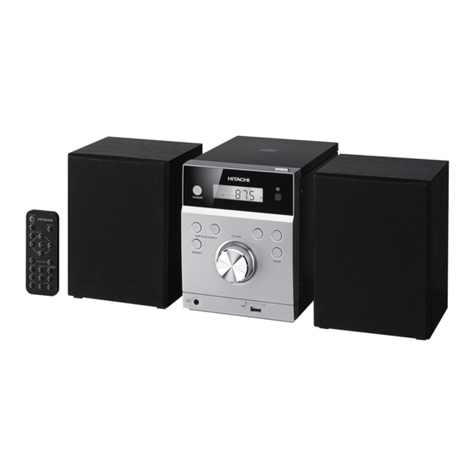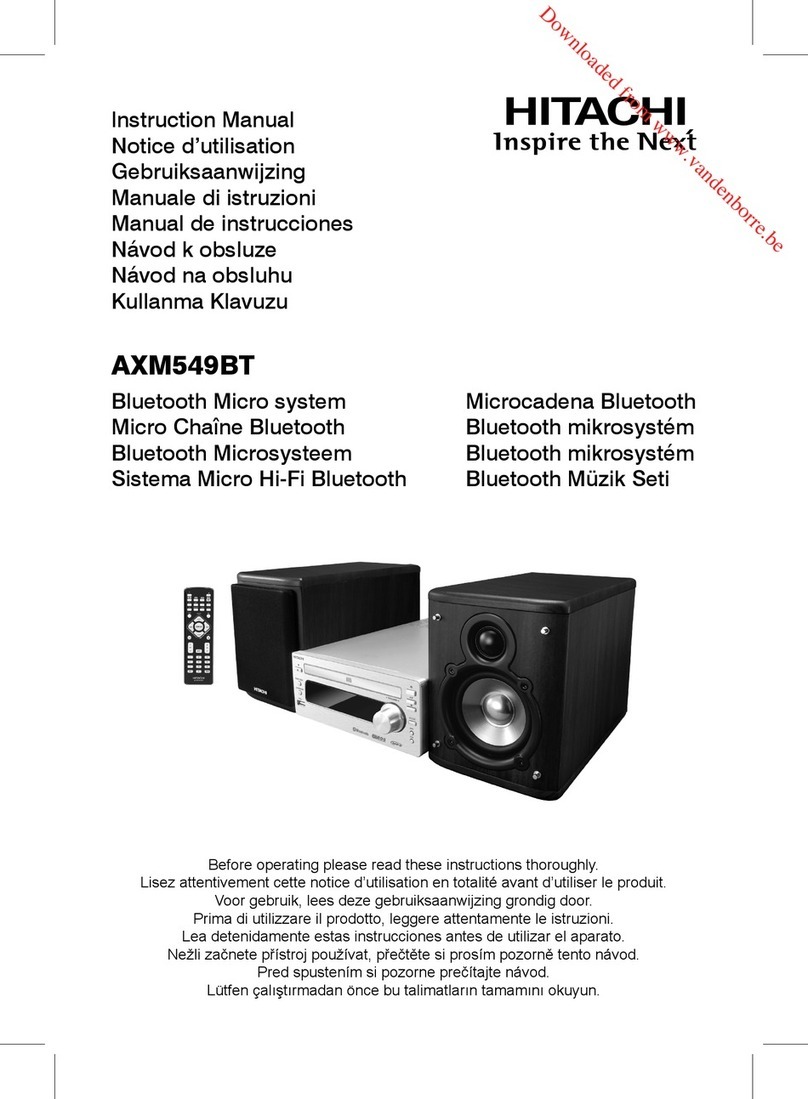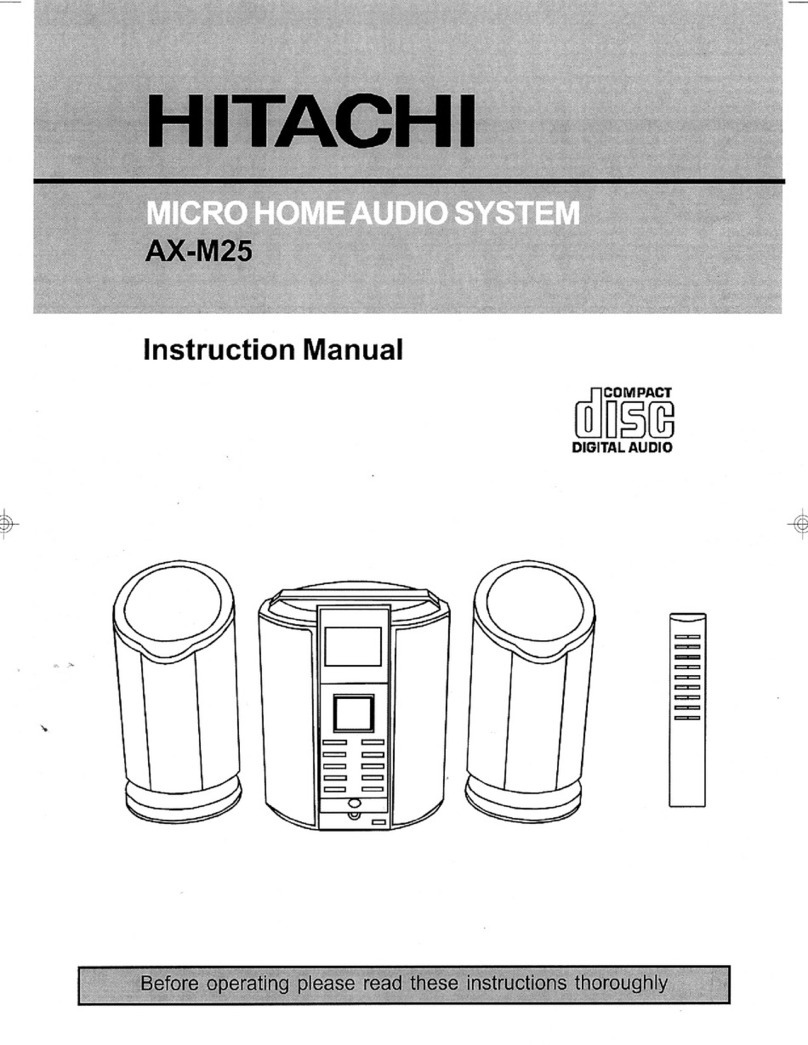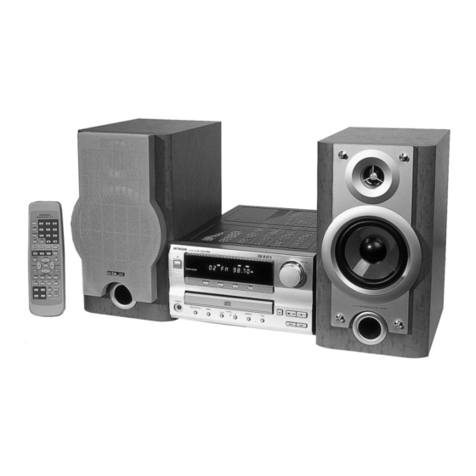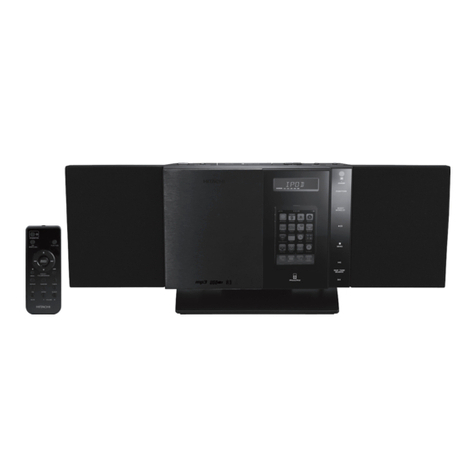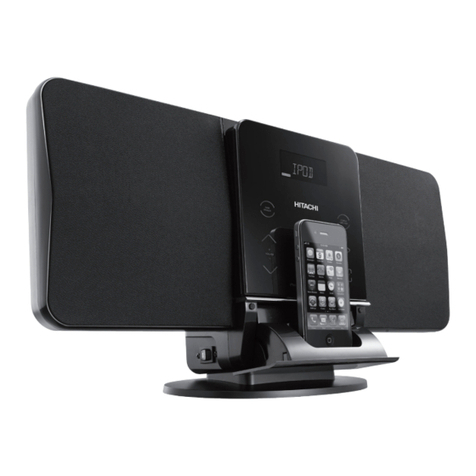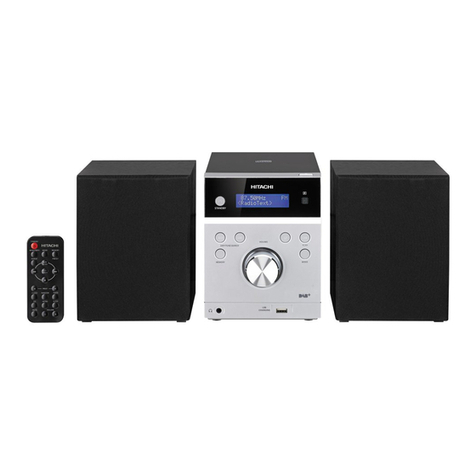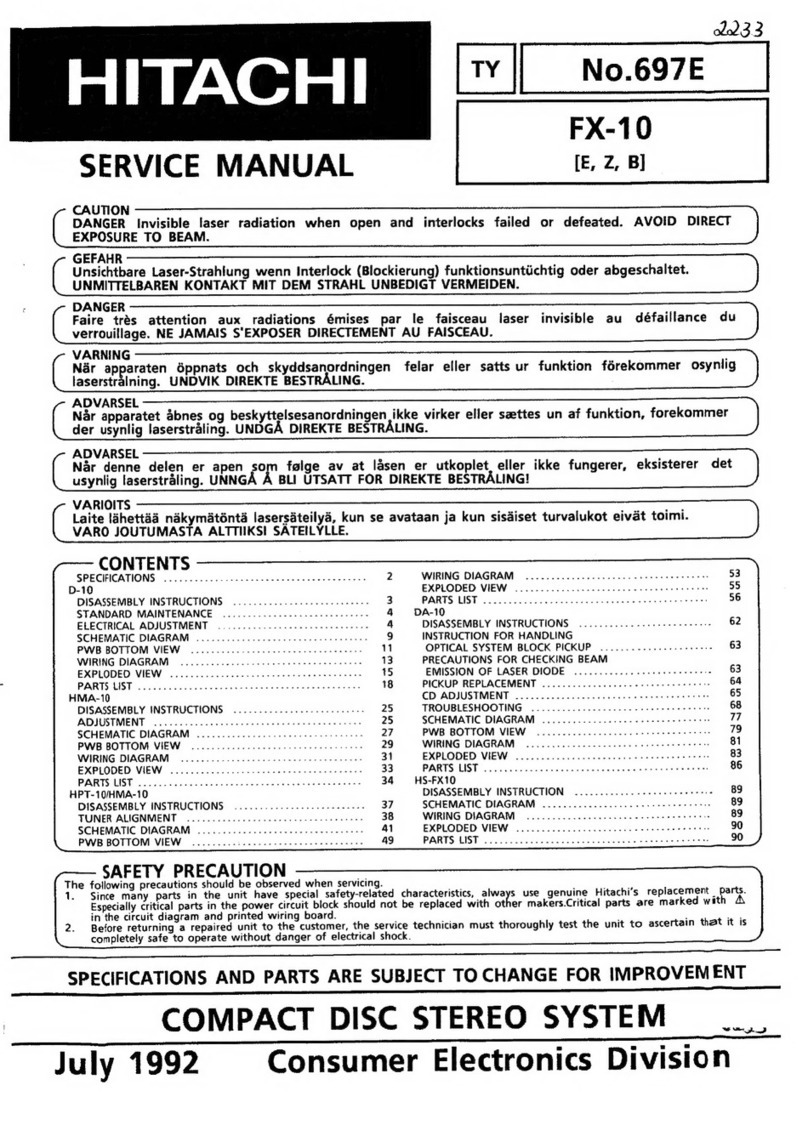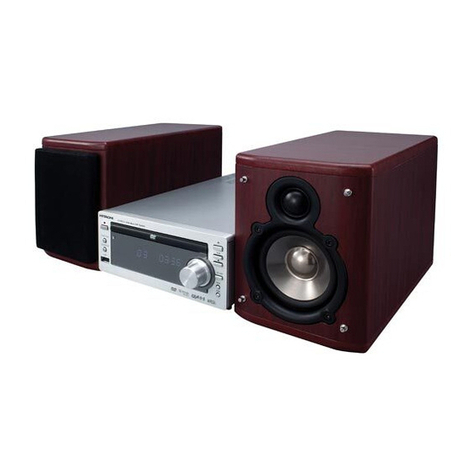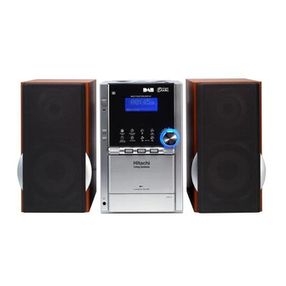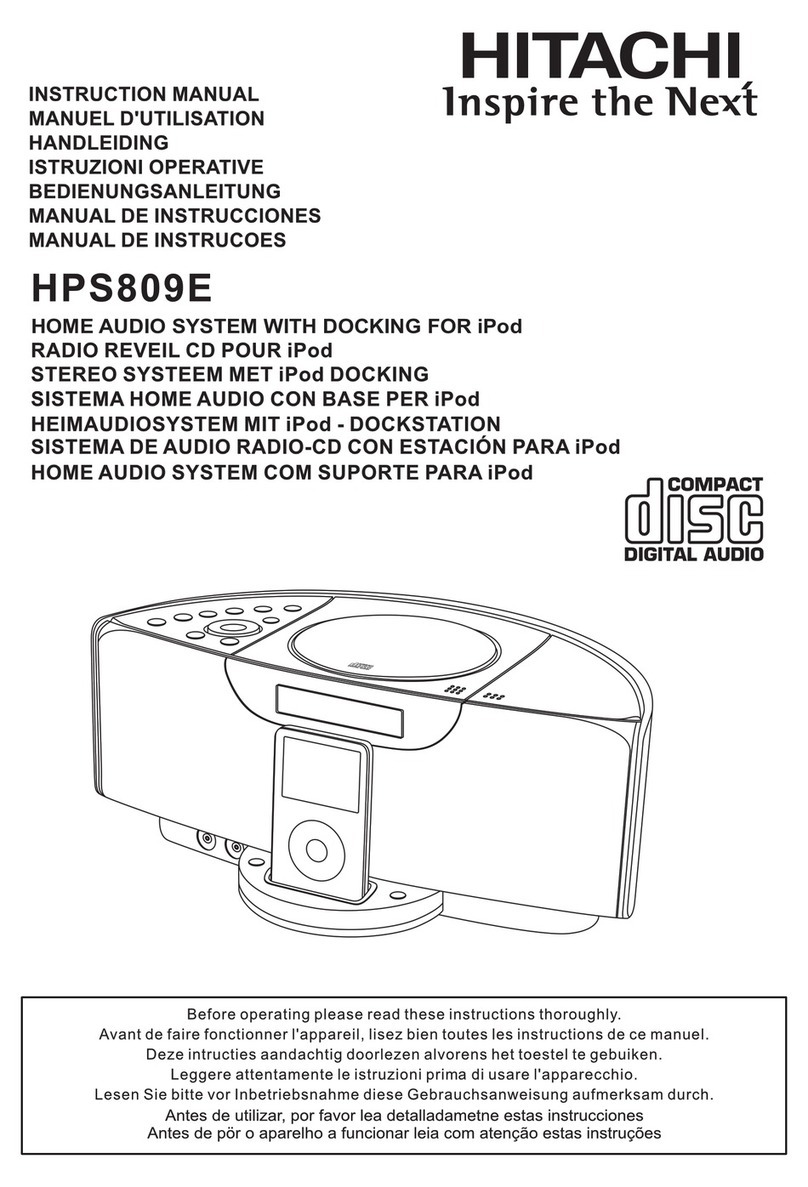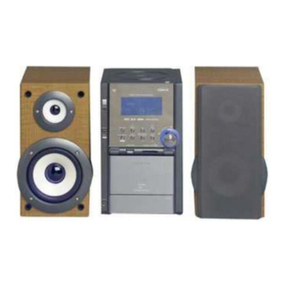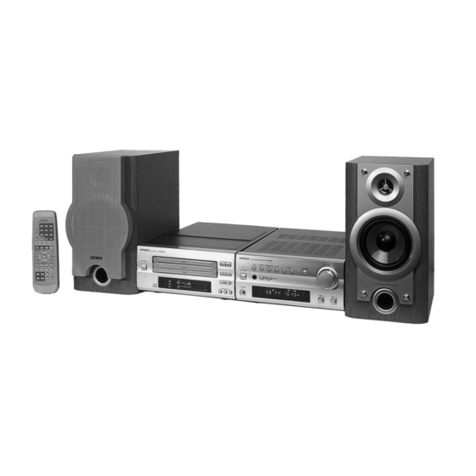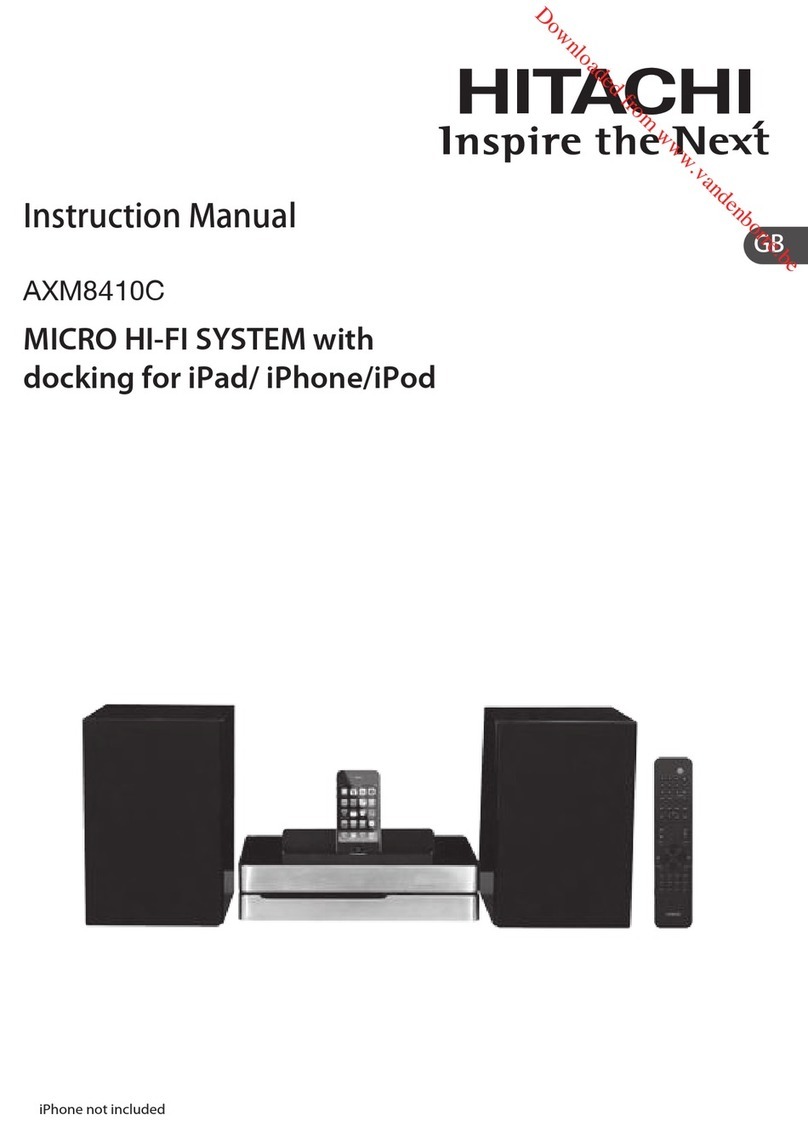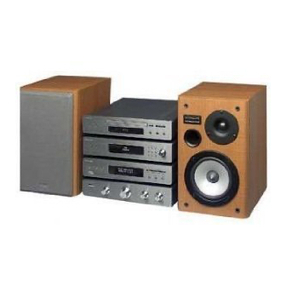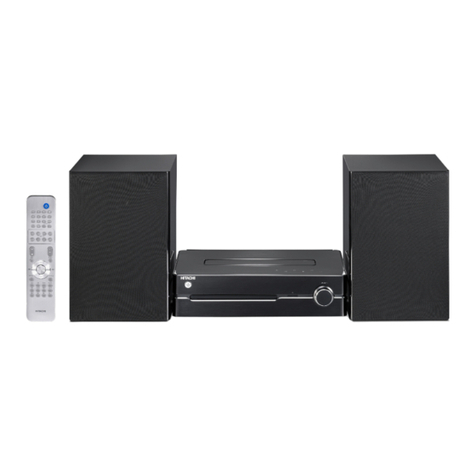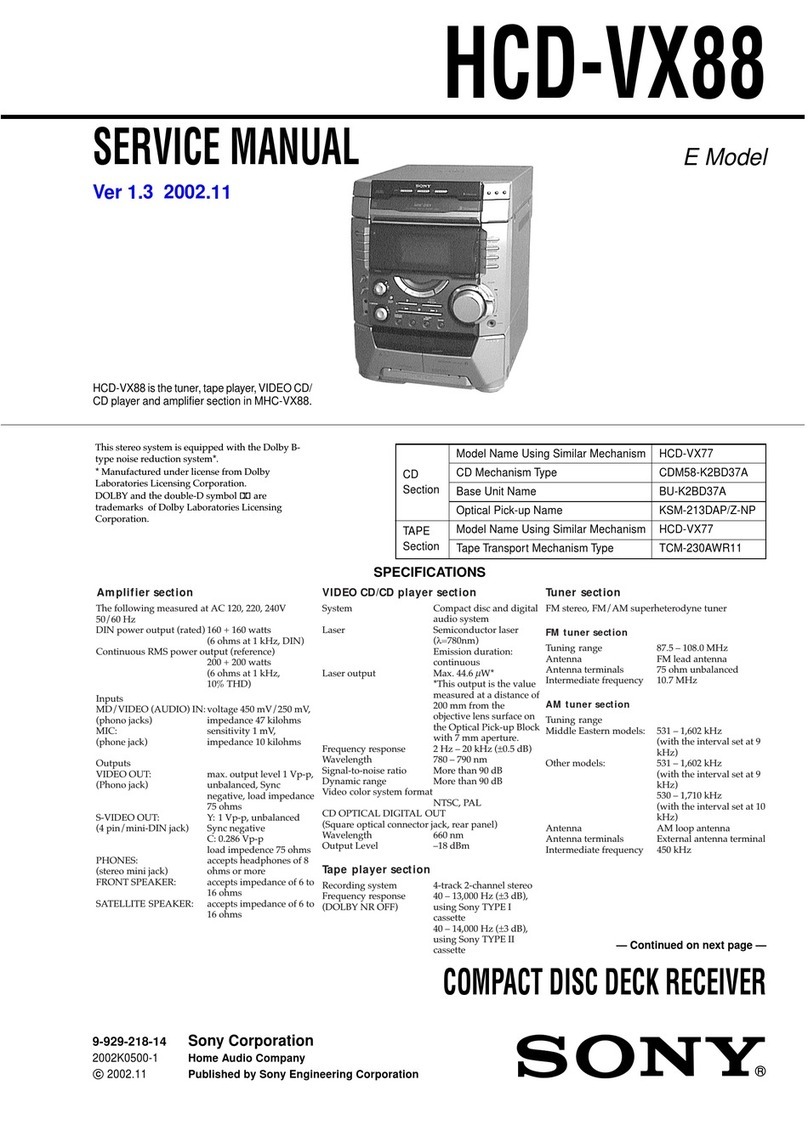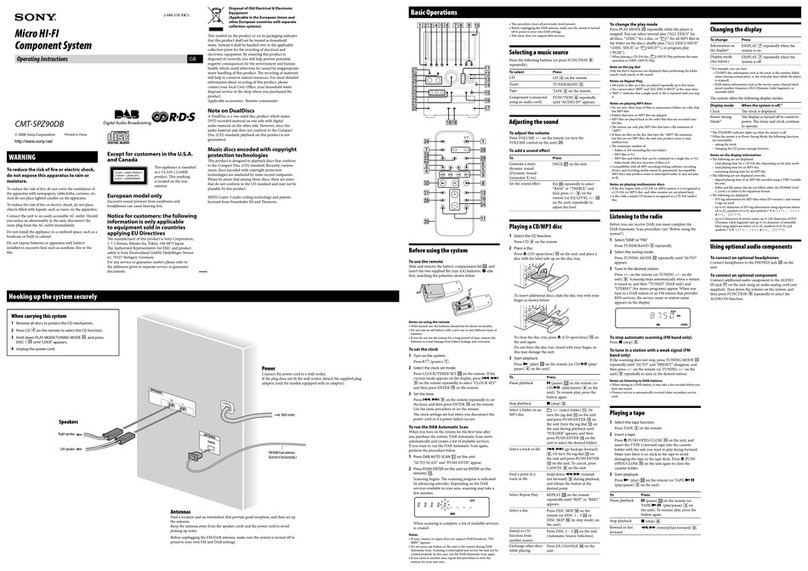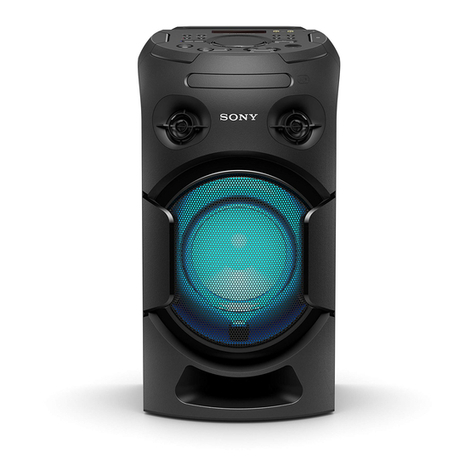
Portable
component
system
mopEL
TRK-W545W.H
BEFORE
USING
To
obtain
the
best
performance
and
ensure
years
of
trouble-free
use,
please
read
this
instruction
manual
carefully.
Notice:
The
switch
is
secondarily
connected
and
does
not
separate
the
apparatus
from
the
mains
supply
in
the
switched-off
position.
As
to
the
indication
of
the
operate
switch
“’
|
’’
shows
ON
and
*’
(”
electrical
power
stand-
by.
CONTENTS
FEATURES
...cccccceccceceeccececcecescecesscccenscecsesceeeceseeesseseeeesaeesssaeensneetesseresenaeassnaeensesaueeeneagany
3
PRECAUTIONS
.......cccceccceeecececcceseceseecennecseceeseeeeesesseneeesaeeneeeeenerseeesneeeaneneageseneneessaearsanans
3
KEY
TO
ILLUSTRATIONS
.........0ccccceseceeeceseeesceeseeceeeseeseeeceesaeesaneneesaneneneneesneseeenieataeegs
3
HANDLING
THE
SPEAKERS
......0....:ccccscceseeeesseeeeseeeeneteneeeneneeseeeneeesgessnesesaeeeneeesaanenanens
3
ASSEMBLING
THE
SPEAKERS
..........:::ceccscseeseeeeeeeeseeenneeseeerseeeesusensennsneseseseneaneenaneeaes
3
REMOVING
THE
SPEAKERS...........:cccesseceeeeeeesceeeeeesneeeseesseeeseeessueasneneneesesaeeesnanersanens
4
POWER
REQUIREMENTS
TO
USE
WITH
BATTERIES.
........0.ccccccceeeeesseeeseseeeeeeeeeceeeeanessaeesaesnesseneaeneeessoesensntenes
4
TO
USE
WITH
HOUSEHOLD
AC...........::cccecccescecesseeseeeeeeeceeeseeeereesetseseneesenaeeesneeesseatans
4
TO
USE
FROM
A
CAR
BATTERY
........::cceeccceseceeeeeeneeeeseeennereaeereneneaneenesenenessneeennartats
4
TO
LISTEN
TO
A
RADIO
PROGRAMME
............:cc:ccesesseeeeeeeeteeeeeeeessenaesenseneeeneeetanenenenney
4
INSERTION
AND
REMOVAL
OF
A
CASSETTE
..........:c0:ccceeeeeeeeseeeesseeseestaeeenseeensaeeenneetiney
5
PLAYBACK
OF
A
RECORDED
TAPE
(TAPE
[1],
TAPE
[2])
...------:sssessseesseseseereenenseeetaeeney
6
CONTINUOUS
PLAYBACK
(TAPE
[1]
™
TAPE
[2])
..........:cceceeceeeeesseesneessanesneesenseensaeens
6
RECORDING
(TAPE
[2])
RECORDING
A
RADIO
PROGRAMME
............::ccssccsecesesseeseeseneeseeseueneseaneereenneeeraeanicnes
6
RECORDING
FROM
BUILT-IN
MICROPHONE.
.........::::eeeeeeeseeees
cSt
rahe
ateys
Wh
aun
renueananae
6
DUBBING
(TAPE
[1]
=
TAPE
[2])........-:::sssscccseeeseeeeneceeeseeeseneseesseesseeaseneseanersentanesnanensons
7
CD
PLAYER
TO
LISTEN
TO
A
COMPACT
DISC
............:::scssceeeseeeseeeeeeenenenesessueensnaeeseensneetnereneeaes
7
RECORDING
FROM
A
CD
PLAYER
........--.sscccseseeeseeceseeeseerseeteatenseeseaneeneneneeeneneestantans
7
ERASING
(TAPE
[2]).......--2sseereeeees
Be
sate
co
neha
Aa
esc
oe
nehdalfot
waslven
bnrasleas
a
tegeuate
cegaeiramnanaee
7
MAINTENANCE
...........0:cecceseseeccecsecseeeccenseeeaeeseesesaeeseeaerecsetsesassesseeseenecauseeseanesasraseatsnteny
8
CHECK
THE
FOLLOWING
BEFORE
CALLING
FOR
SERVICE.............-sssssssseessseteetsetretees
8
SPECIFICATIONS.
.........ccscescsceseececceseeeeseeneesneneeneneecersenaseersessessaseenecauenesarsenresteseateasersey
9
